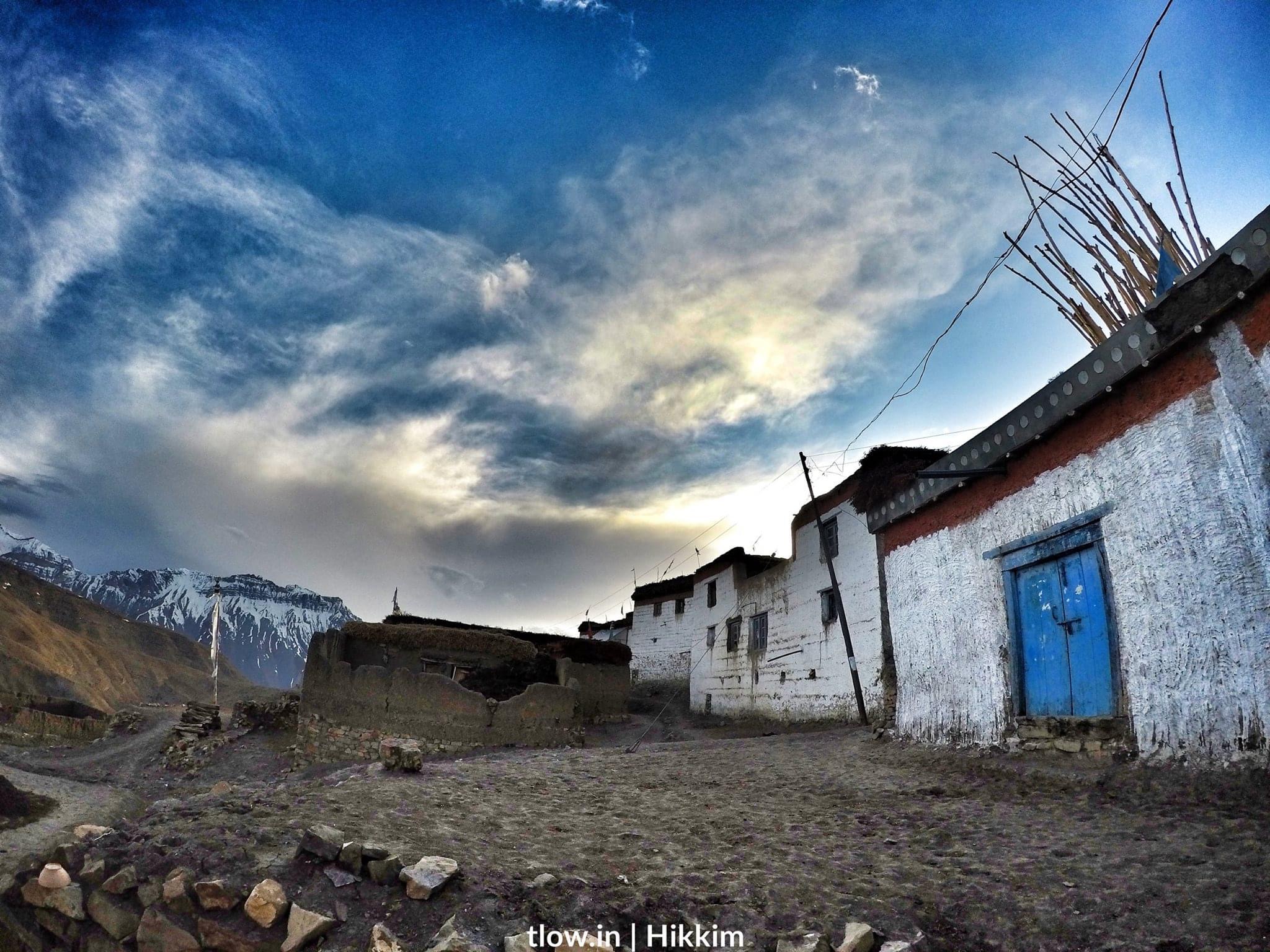
Difference between Ladakh and Spiti Valley
Ever thought of a place where the landscape would simply wow you with the tranquility of nature and the culture which has a unique way.
Ladakh is the land of many passes. It lies on the great Himalayas on the eastern side of Jammu and Kashmir. It has the mighty Karakoram range in the north and in the south, it is bound by the Zanskar mountains. Major rivers like Indus, Zanskar and Shyok flows through it.
Spiti is in the sub-division of Lahaul and Spiti district with its headquarter at Kaza, Spiti Valley. Spiti also means “Middle Kingdom” which is a land that lies between India and Tibet. Some inhabitants have adopted Buddhism as their faith and Bhoti as the language. The Spiti river flows through gorges at some places here.
There are some similarities as well as some difference between these two regions. The similarity of language, appearance, habits and difference of many things which categorize them in their own unique way.
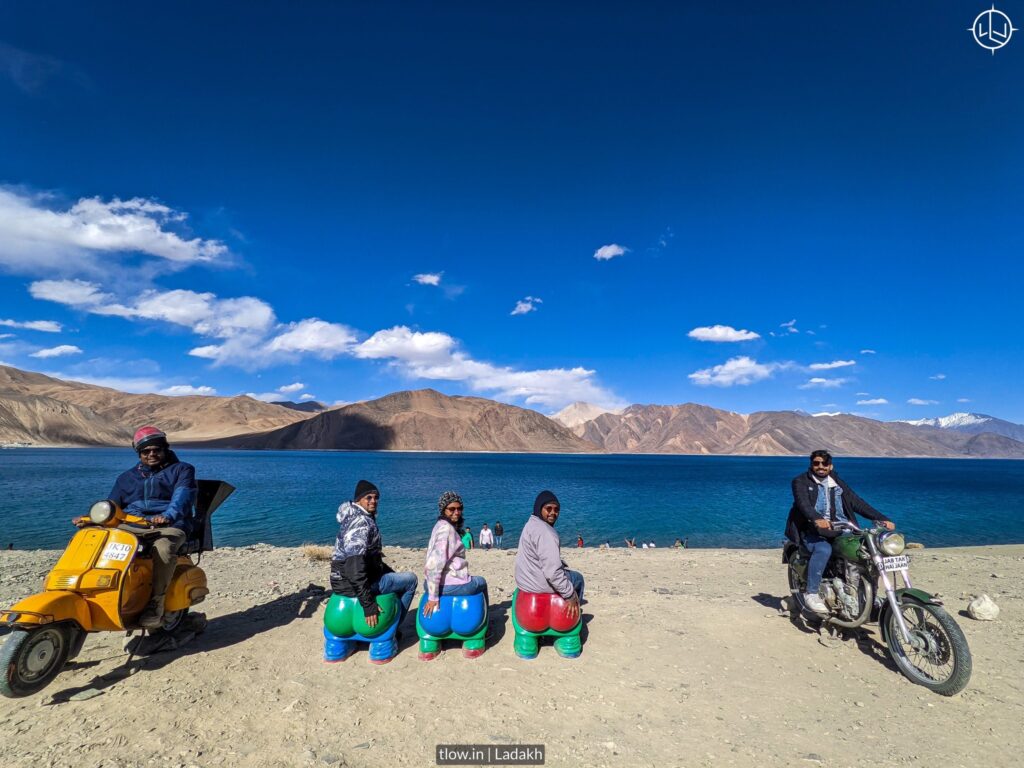
Table of Contents
Here are some of these:
1. Ethos
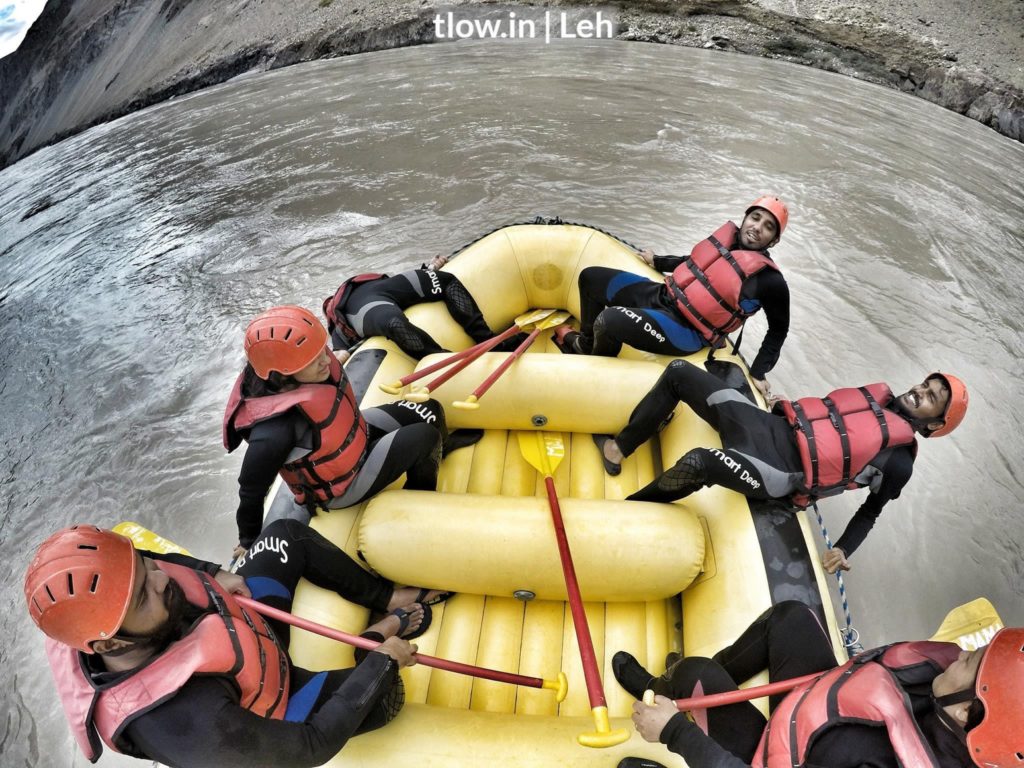
– Ladakh is more of an adventure place where you can do lot of different activities like trekking, camping and white water rafting.
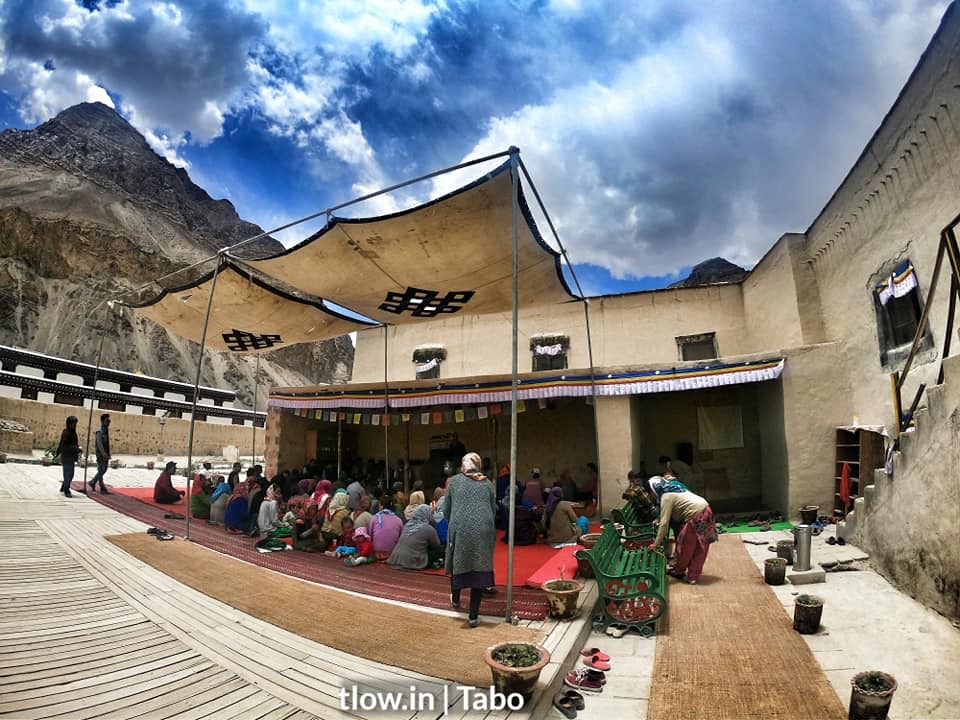
– Spiti is considered to be a spiritual journey into different monasteries and cultures where you can enjoy the silence and mentally calm yourself down.
2. Road condition
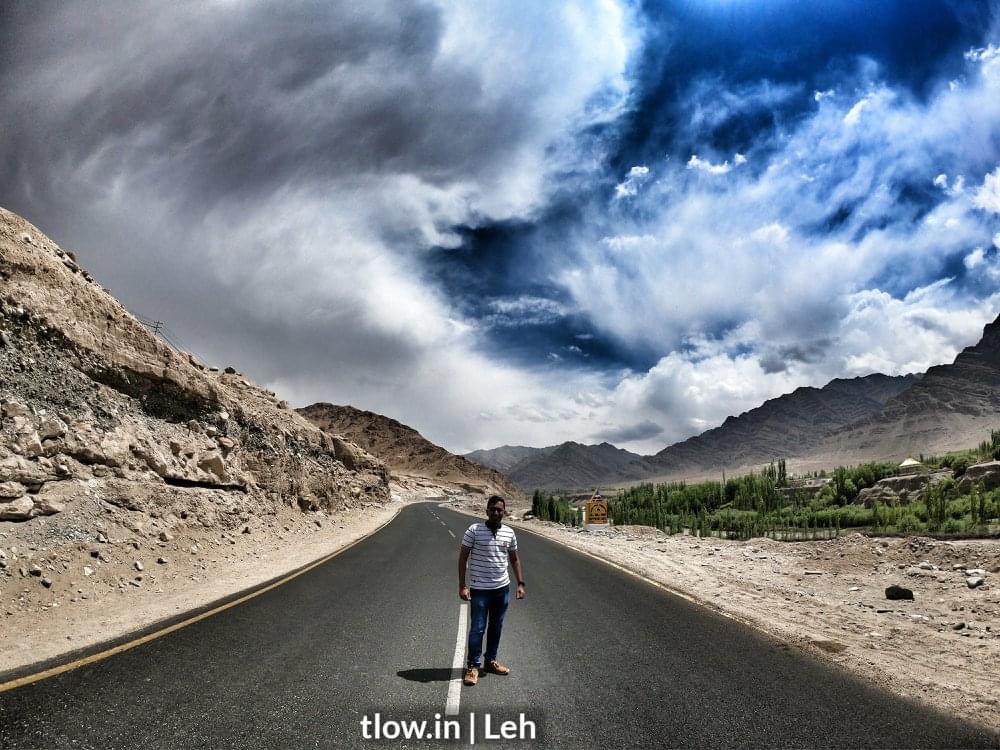
– Ladakh has more developed roads because it is all maintained by the Indian Army and they do their job very effectively and efficiently as it is near the border areas. Majorly 75% of the area is motorable and 25% is really challenging.
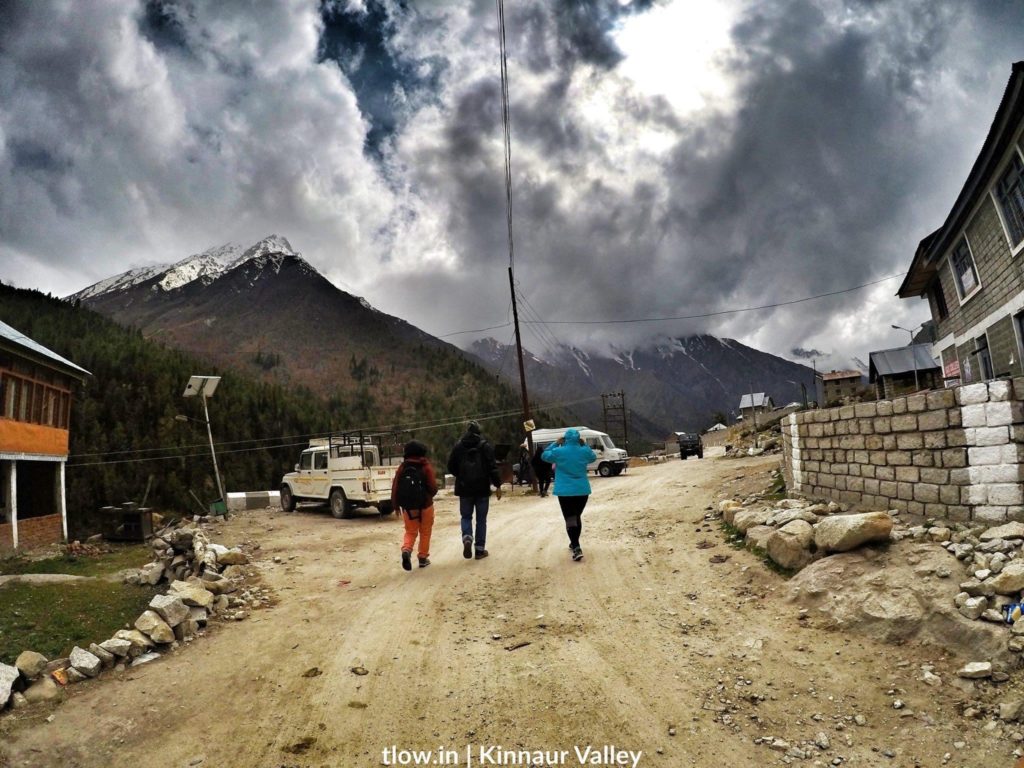
– Spiti roads are good and bad both at the same time. You will find places where roads are smoother than everything and places where there’s no road at all. Majorly 60% is fine and 40% is bad.
3. Accommodation
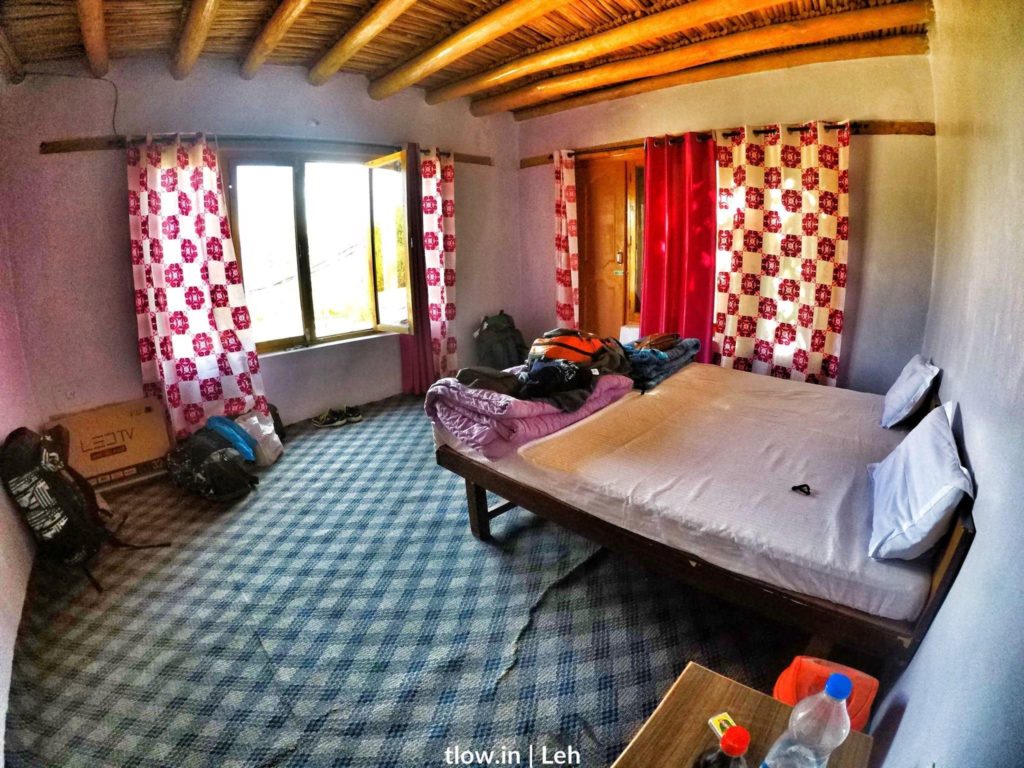
– Ladakh has a variety of options for accommodation depending upon your budget and has a range from three star hotels to a simple homestay. Biodegradable toilets as well as normal toilets are available here.
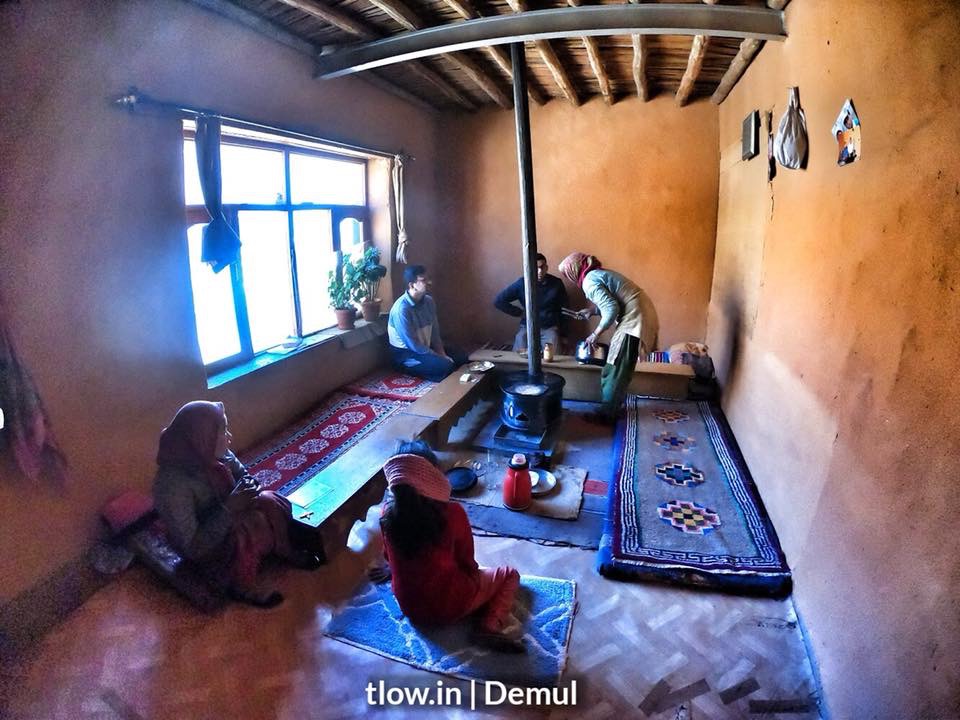
– Spiti has only guest houses and homestays for that matter. It has limited number of options for staying, even in some places you will find dry or organic toilets because it is a dry region.
4. Terrain
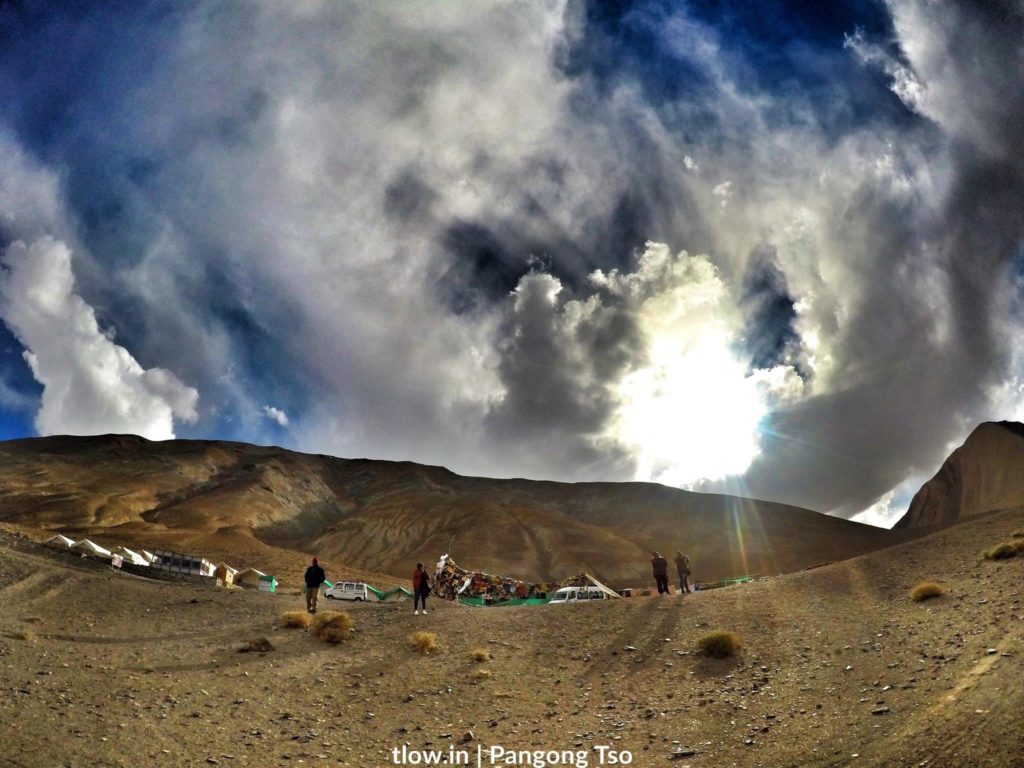
– Ladakh’s terrain is more like a barren desert which has a land of open spaces in brown mud and dry plants. The terrain is full of magnesium rocks as well as sand in some parts.
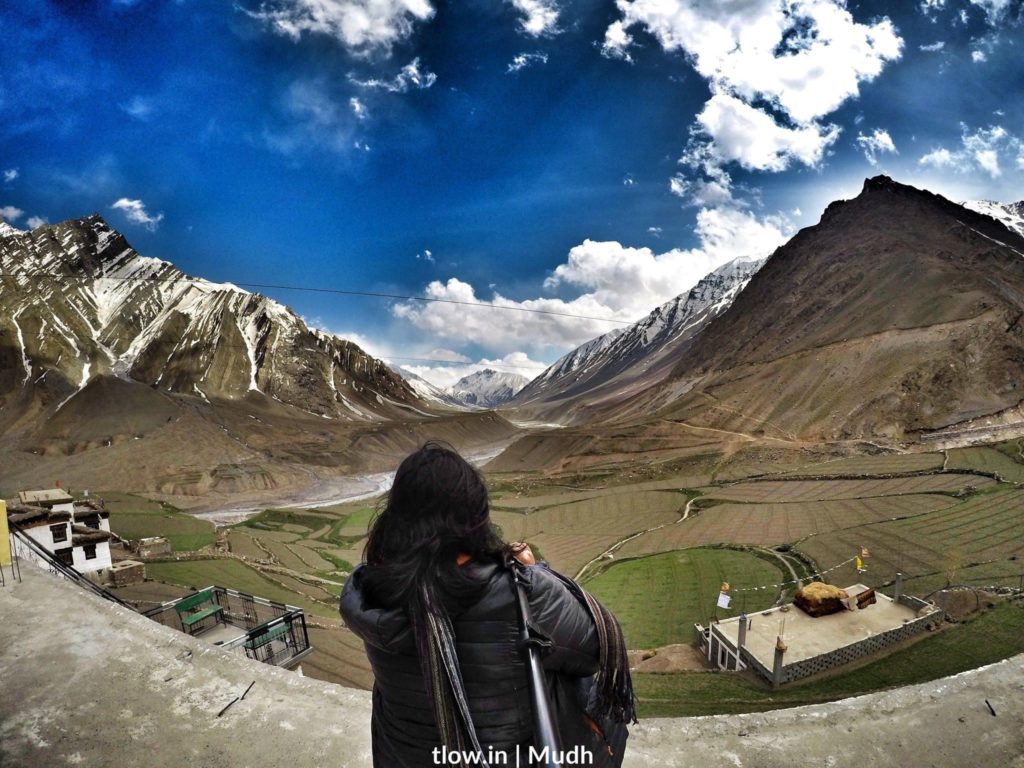
– Spiti is greener when it comes to terrain due to its vegetation and soil formation. A lot of agriculture is done on this side. The best time to find the beauty of Spiti is from June to August.
5. Food
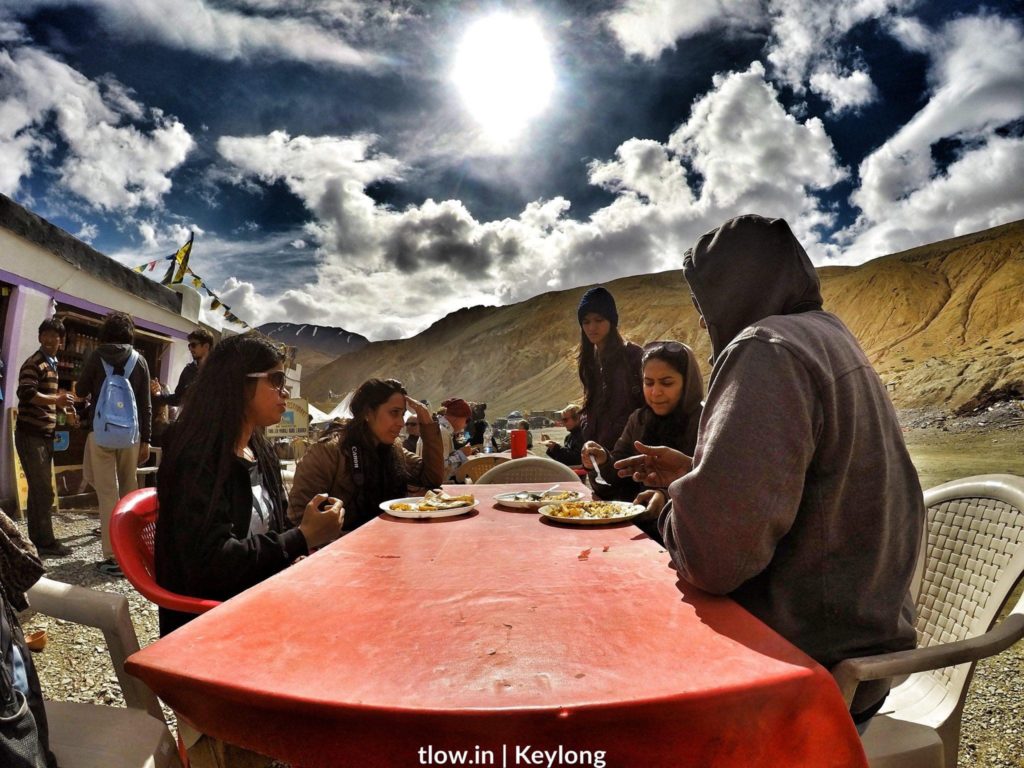
– The food of Ladakh includes many Tibetan dishes like Thukpa, Thentuk, Sabagleb with spices which have mild local taste. It has more variety in Indian food as it is a more commercialised place than Spiti.
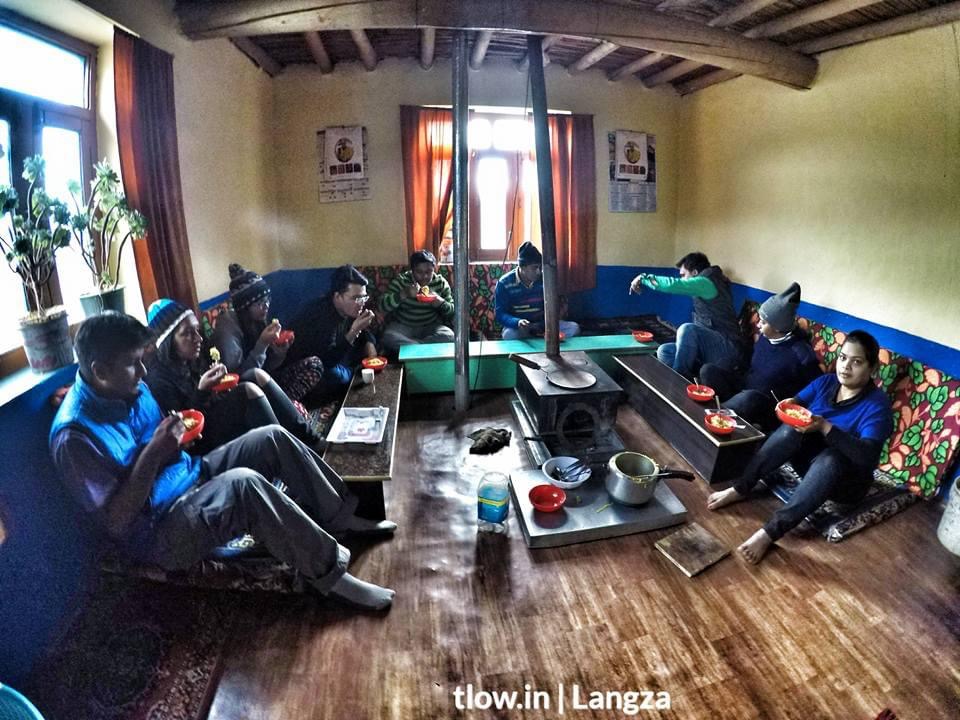
– You will find more Tibetan dishes in Spiti with their own touch of spices. Also you can find a variety of teas here. These teas are made up of a variety of fruits and pulps. Himachali cuisine is there to taste but do not overeat as you are in the higher altitude range.
6. Temperature
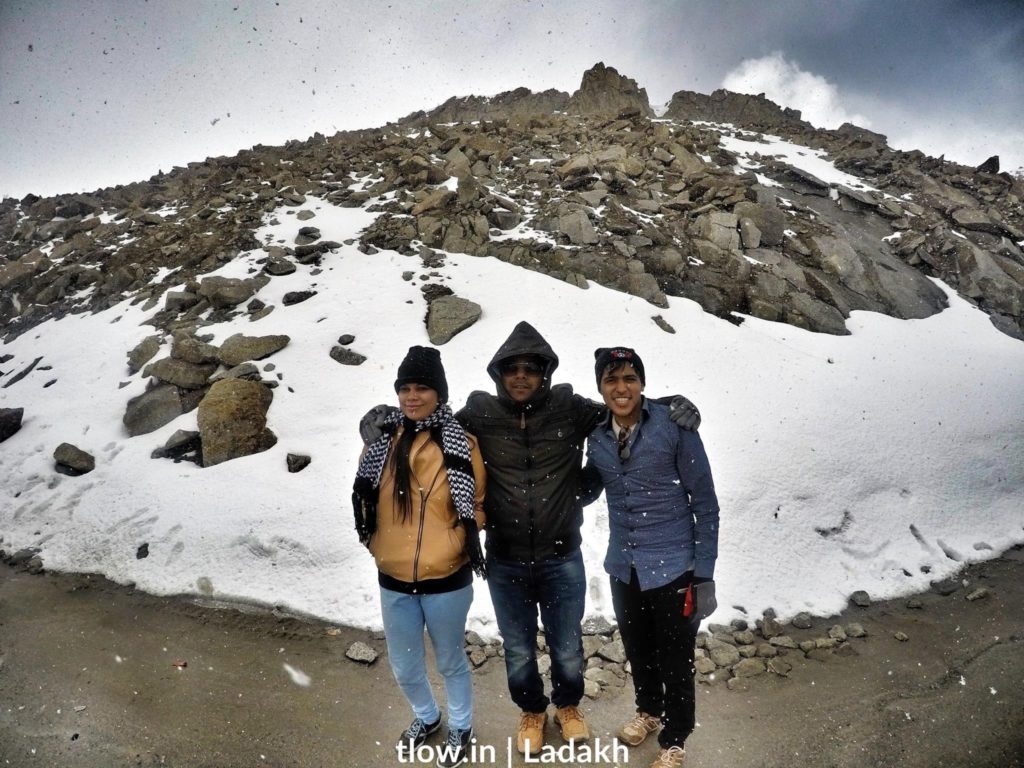
– Ladakh is drier because it has less amount of humidity and level of oxygen present in the air. The UV rays are much harmful in this place. The temperature drops down to -40◦C or even lower in winters.
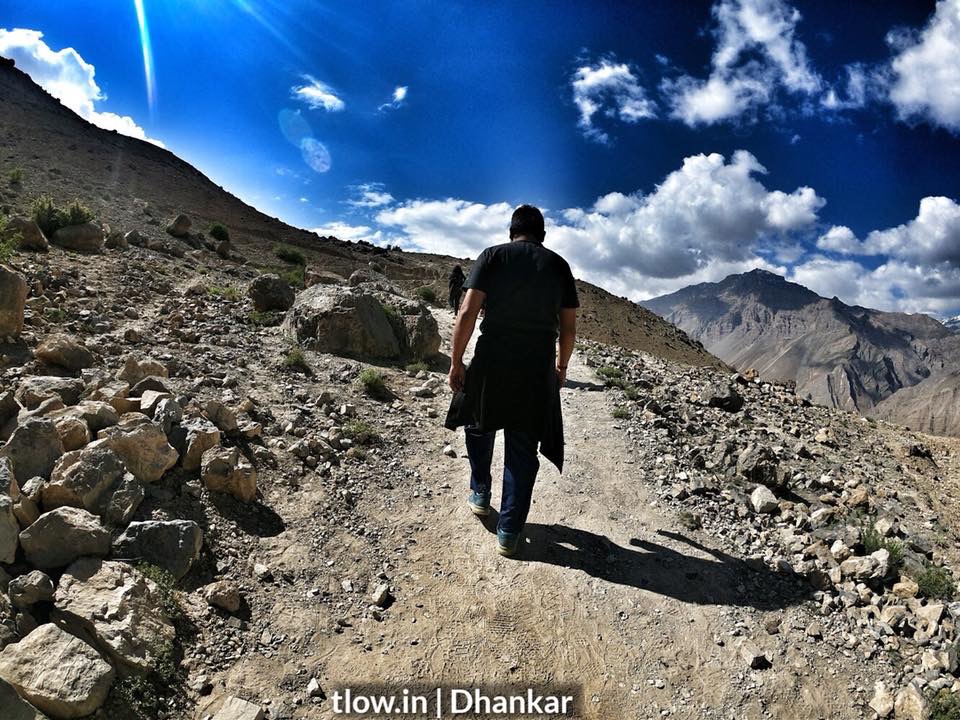
– Spiti has a number of factors affecting the temperature as it is at a higher elevation than Ladakh. The temperature changes very quickly and becomes harsher than anything. It is advisable to not run or do any physical work if the weather changes, because it directly affects your body. Temperature goes down to -35◦ to -38◦C in winters.
7. Lakes and landscape
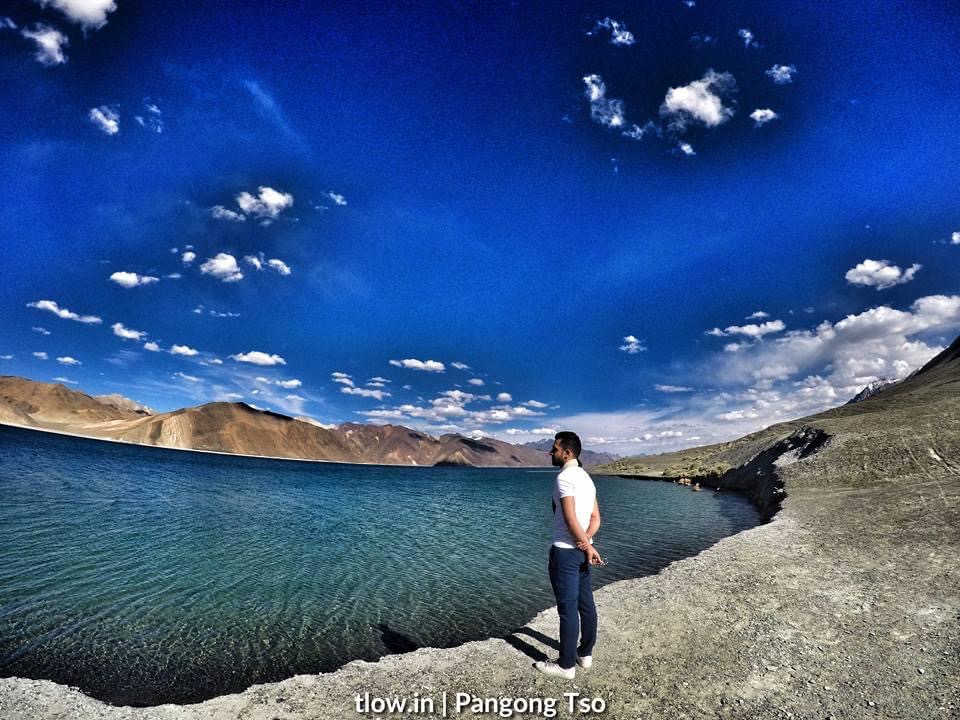
– Ladakh has both landscape as well as lakes to offer. Pangong and Tso Moriri Lake are the jewel in the crown of Ladakh.
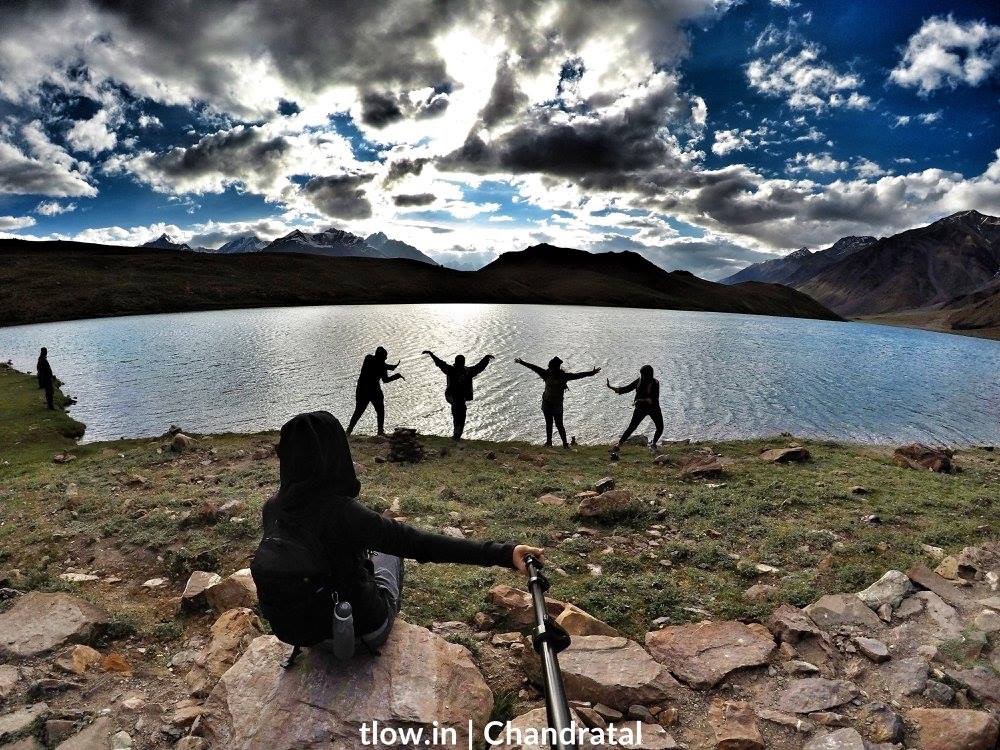
– Spiti has its different charm when it comes to the landscape as well as lakes. The beauty and the surroundings of Dhankar and Chandratal Lake will make your journey more memorable. Only thing is you have to go to these lakes by following the trail and it is on the upper side of the mountain so be careful.
8. Elevation
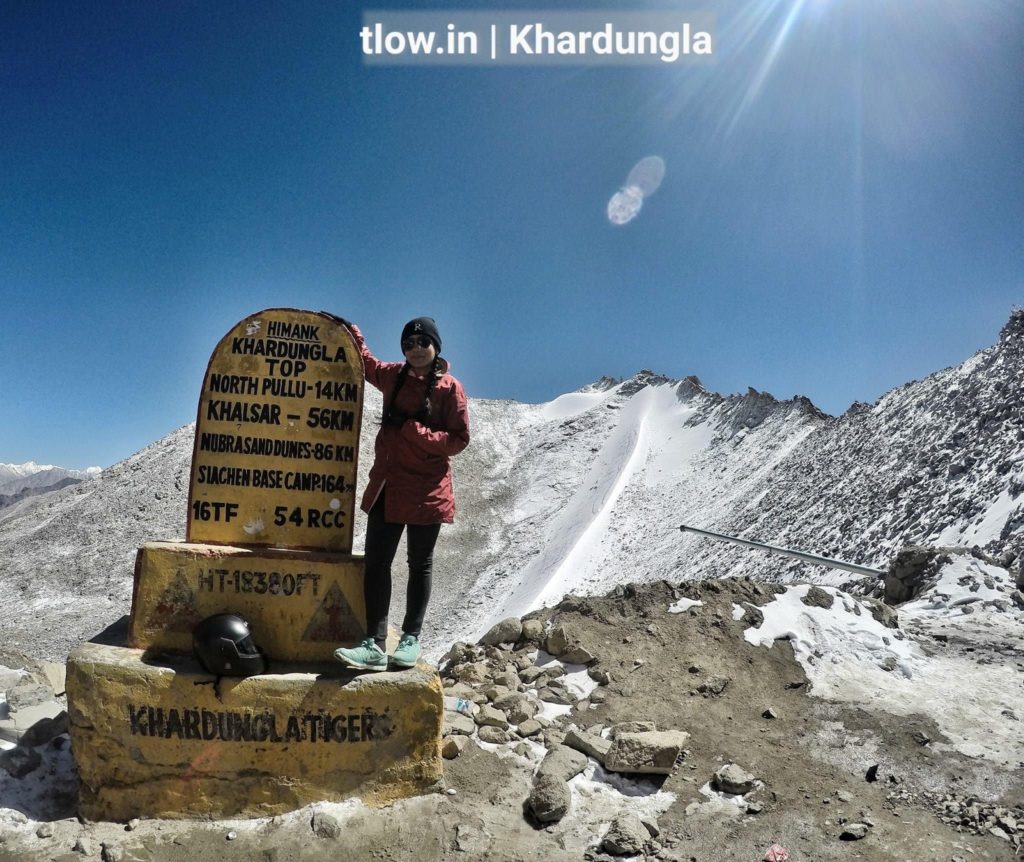
– Ladakh has an elevation of more than 4000 metres of a long valley with widespread mountains on a gradual slope.
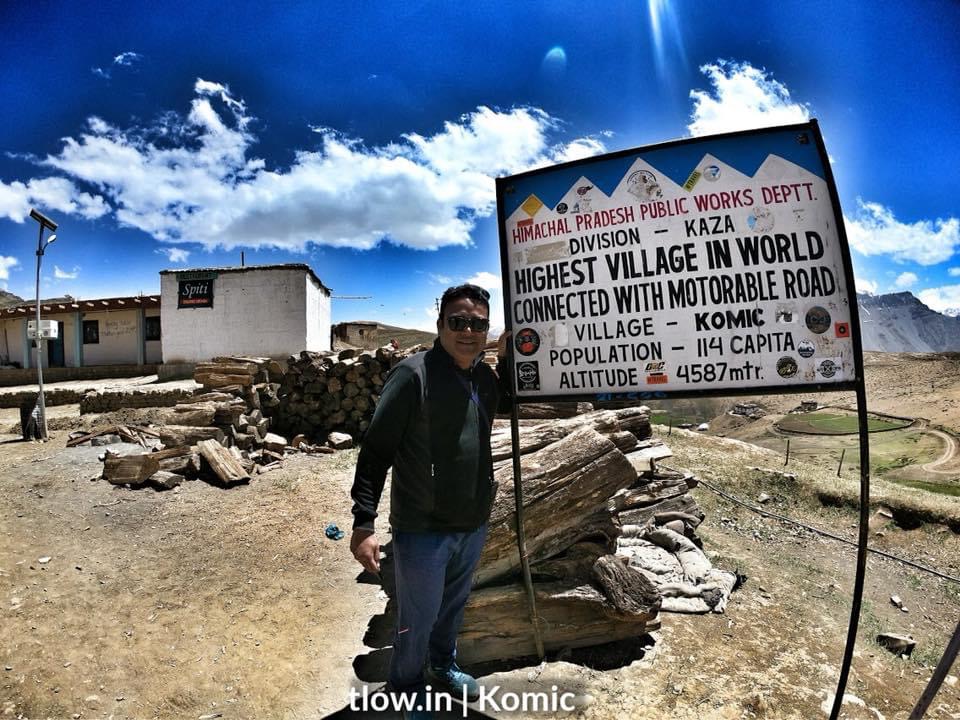
– Spiti has an elevation of 3800 metres of a long valley of taller mountains with steep slope to the top.
9. Network connectivity
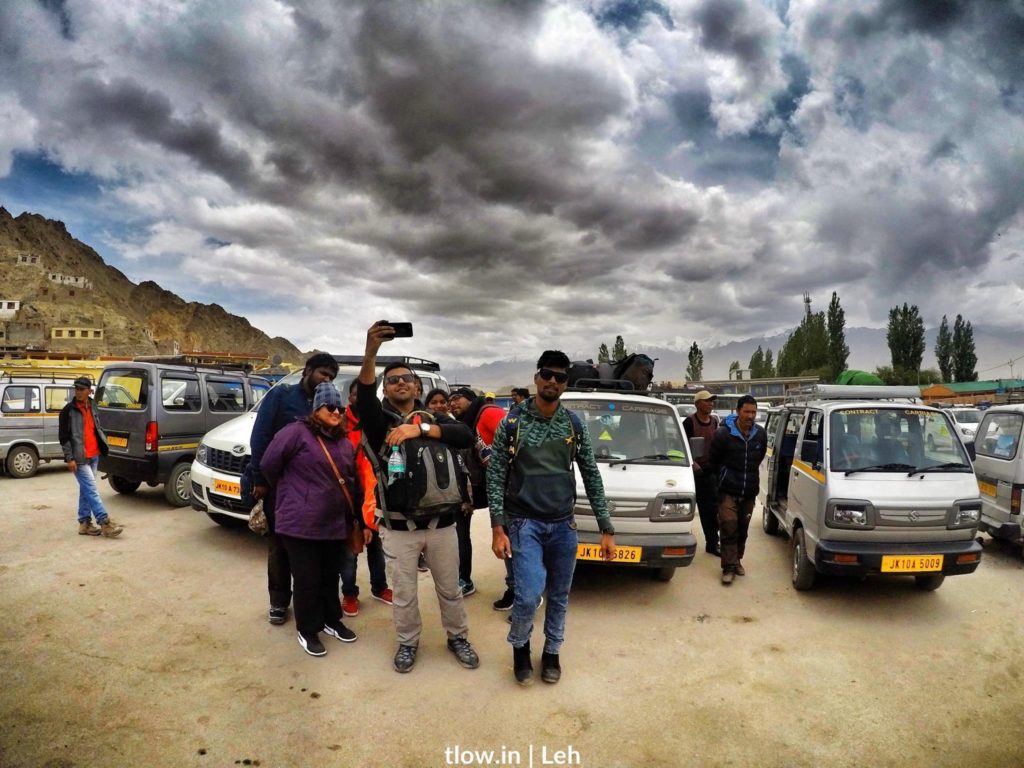
– Ladakh has 4G connectivity of Airtel and Jio in Leh town and BSNL has connection all over Ladakh.
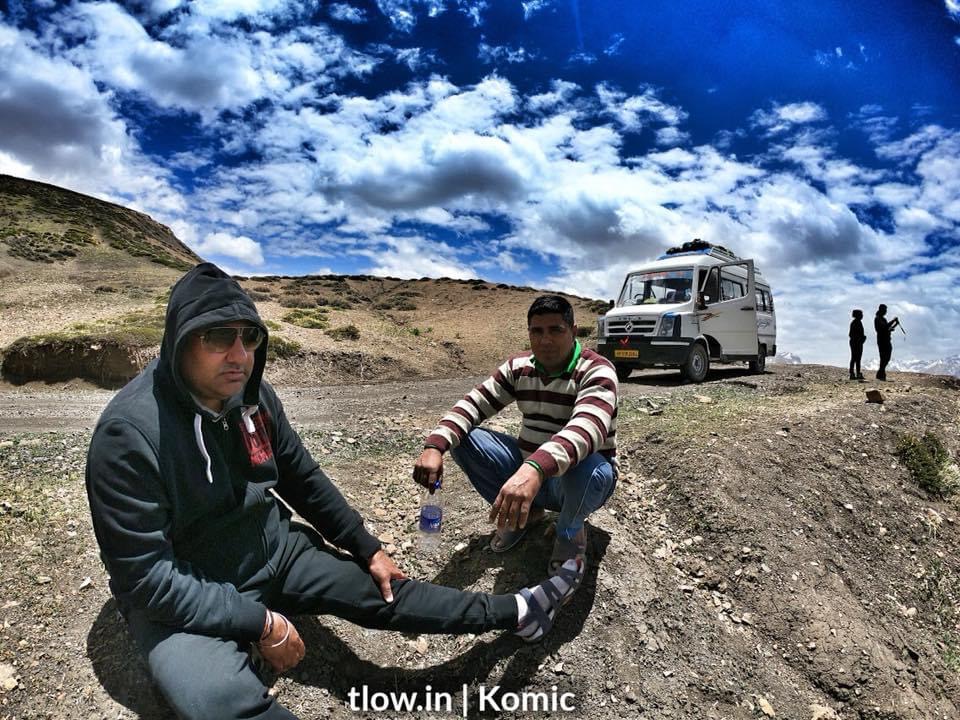
– Spiti has only BSNL working in the area which happens to be government signal available everywhere.
10. Permit
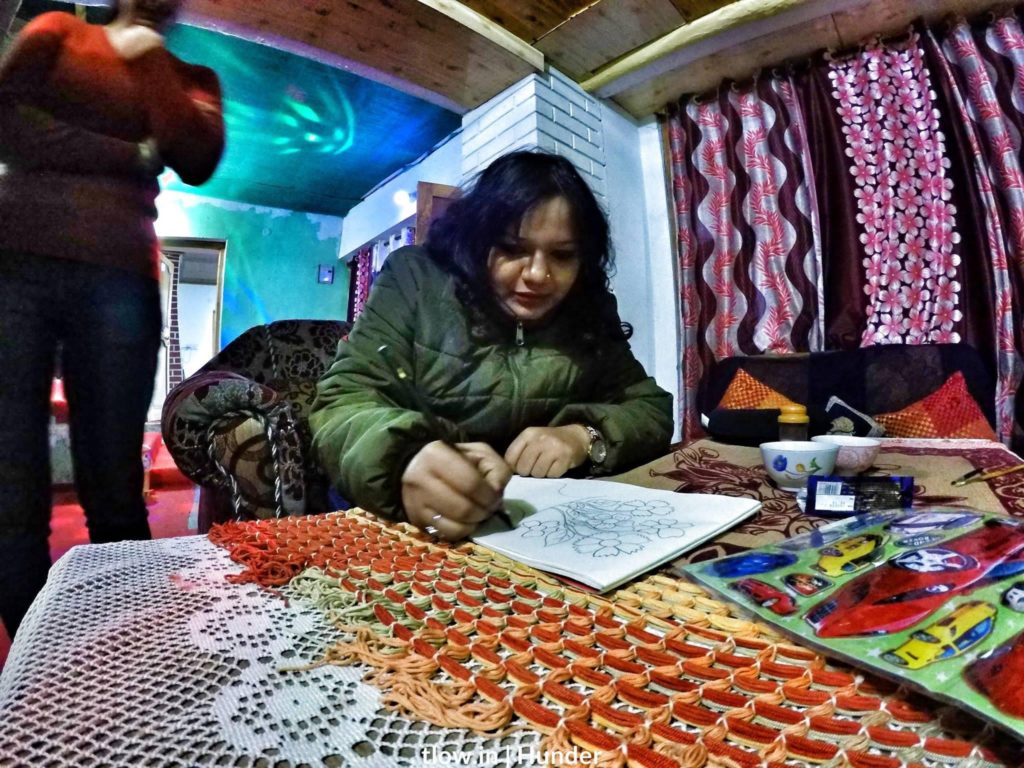
– Ladakh has permission required to roam in the region which comes under Army area.
– Spiti requires no permission from any government authority and you can roam around freely.
Both the places have their own charm and culture. They are both must-visit places that should be seen once in your life, then you’ll get to know the difference between Ladakh and Spiti Valley.
–>For a similar experience, >>Click here



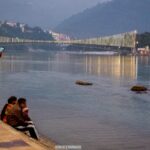







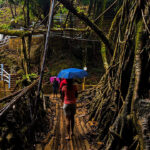
After reading this blog i feel like i have already travelled to Ladakh & Spiti Valley
after reading this I feel like siting both the places on my next travel to India.
The next time I come to this blog I will be sure to make better points.